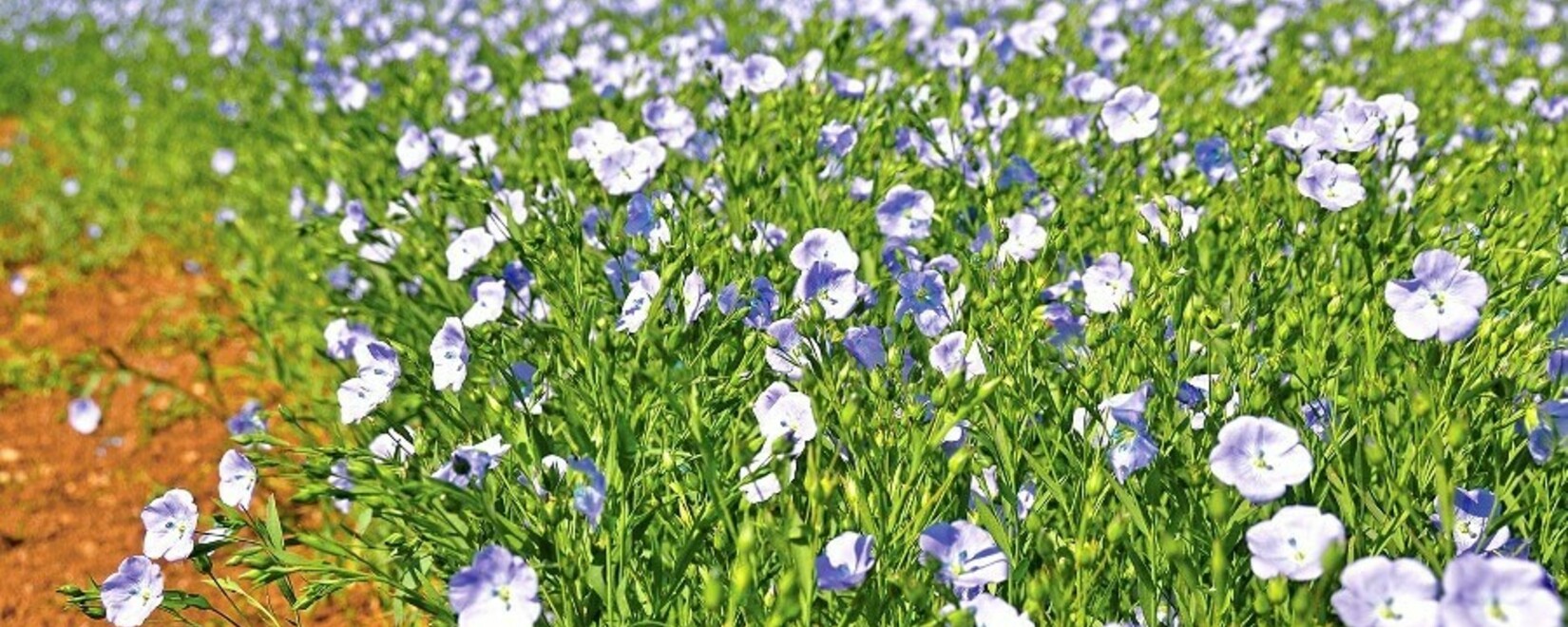Ag Canada expects Canada's oil flax stocks to reach 275,000 tonnes by the start of the 2023-24 crop year. According to traders, flax producers should not expect significant price changes in the new season.
Prices have leveled off after falling 36 percent in 2022-23, and are likely to stay there.
“Canada will enter MY 2023-24 with a large amount of ending stocks, which should leave the values unchanged for now,” an industry expert said.
Mike Aller, director of Western Canada at DG Global, agrees with this assessment.
“Honestly, I don't see flax prices changing much at all,” he said.
And this despite a significant reduction in space. Statistics Canada estimates that growers planted 609,000 acres of crops, down 22 percent from last year. This is the smallest figure in the last 73 years.
Aller said that Canadian prices have been reduced due to "enormous competition" from the Black Sea region. Black Sea flax is sold to China at a discount of $70 to $80 compared to Canadian flax.
Some Canadian linen will still enter this market due to the superior quality of the product.
But he believes sales to China will be between 50,000 and 60,000 tons this year.
Chuck Penner, an analyst at LeftField Commodity Research, made a similar statement at the annual general meeting of the Saskatchewan Flax Development Commission.
“As much as it pains me to say this, Canada is no longer the leader in the flax market,” he said.
Penner noted that Canadian producers produced about 473,000 tons in 2022.
Aller received slightly different numbers from a Chinese buyer who told him that Kazakhstan produced 600,000 tons that year and Russia another 1.5 million tons.
The buyer expects a decline in production this year, forecasting 500,000 tons from Kazakhstan and 1.2 million tons from Russia.
But this will still be enough for the Black Sea region to continue to dominate the markets of China and the European Union.

 Trading platform
Trading platform 
 Monitoring
Monitoring  Express applications
Express applications 
 Fork Work
Fork Work 
 Service
Service  News
News  Directory
Directory 
